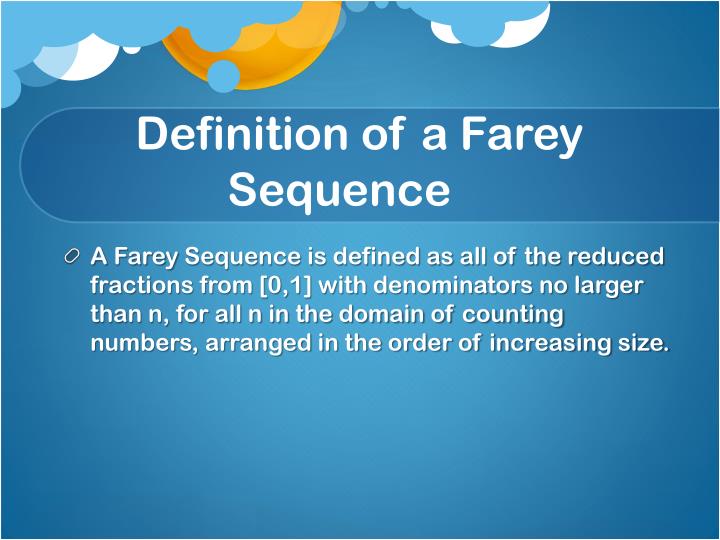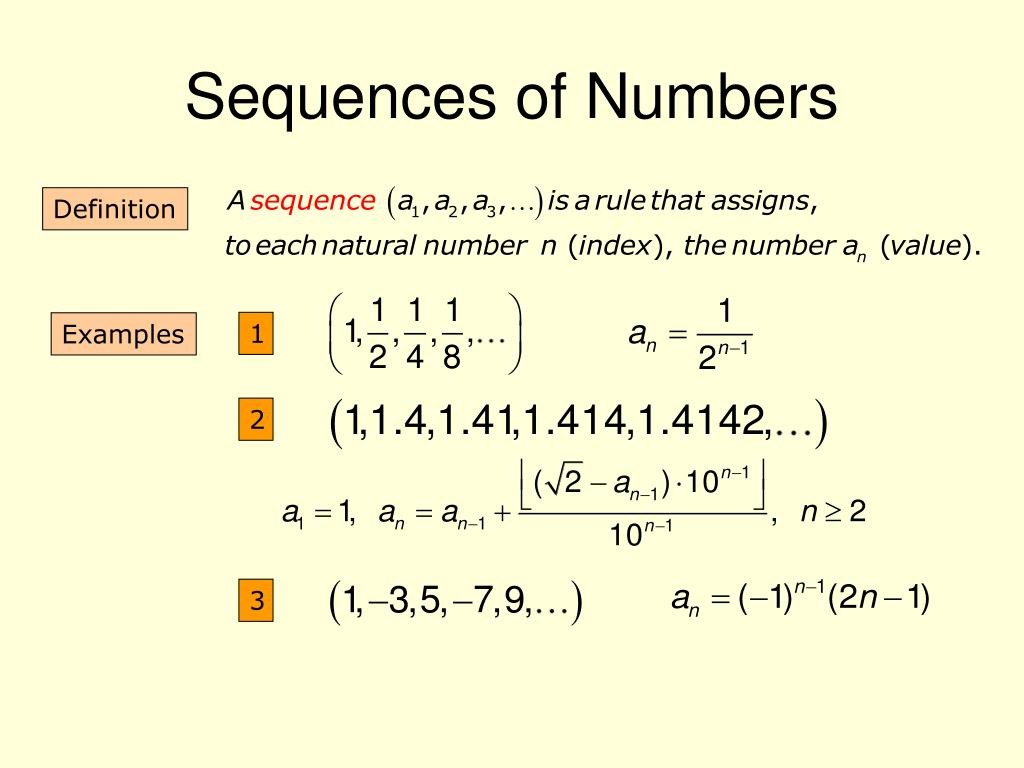

The n th term of an arithmetic sequence is a n = a 1 + (n−1)d.The common difference of an arithmetic sequence a 1, a 2, a 3.In arithmetic sequences, the difference between every two successive numbers is the same.There is an exponential relationship between the terms. There is a linear relationship between the terms. It is identified by the first term (a) and the common ratio (r). It is identified by the first term (a) and the common difference (d). In this, the ratios of every two consecutive numbers are the same. In this, the differences between every two consecutive numbers are the same. Here are the differences between arithmetic and geometric sequence: Arithmetic Sequence Thus, we have derived both formulas for the sum of the arithmetic sequence. (2)Īdding (1) and (2), all terms with 'd' get canceled.ĢS n = (a 1 + a n) + (a 1 + a n) + (a 1 + a n) + … + (a 1 + a n)īy substituting a n = a 1 + (n – 1)d into the last formula, we have


Let us write the same sum from right to left (i.e., from the n th term to the first term). Then the sum of the first 'n' terms of the sequence is given by Let us take an arithmetic sequence that has its first term to be a 1 and the common difference to be d. We can use this formula to be more helpful for larger values of 'n'. Substituting these values in the sum sum of arithmetic sequence formula, We have to calculate her earnings in the first 5 years. Natalie for the first year is, a = 2,00,000. Then how much does she earn at the end of the first 5 years? Natalie earns $200,000 per annum and her salary increases by $25,000 per annum. When the n th term is known: S n = n/2.When the n th term is NOT known: S n= n/2.The sum of its first n terms is denoted by S n.
#Sequence definition series#
Consider an arithmetic series in which the first term is a 1 (or 'a') and the common difference is d. Note that the sum of terms of an arithmetic sequence is known as arithmetic series. The sum of the arithmetic sequence formula is used to find the sum of its first n terms. This formula just follows the definition of the arithmetic sequence.Įxample: Find a 21 of an arithmetic sequence if a 19 = -72 and d = 7. There is another formula to find the n th term which is called the " recursive formula of an arithmetic sequence" and is used to find a term (a n) of the sequence when its previous term (a n-1) and 'd' are known. The above formula for finding the n t h term of an arithmetic sequence is used to find any term of the sequence when the values of 'a 1' and 'd' are known. The following table shows some arithmetic sequences along with the first term, the common difference, and the n th term. This directly follows from the understanding that the arithmetic sequence a 1, a 2, a 3. This is also known as the general term of the arithmetic sequence. The n th term of an arithmetic sequence a 1, a 2, a 3. = 3, 6, 9, 12,15.Ī few more examples of an arithmetic sequence are: Let us verify this pattern for the above example.Ī, a + d, a + 2d, a + 3d, a + 4d.

Thus, an arithmetic sequence can be written as a, a + d, a + 2d, a + 3d. is an arithmetic sequence because every term is obtained by adding a constant number (3) to its previous term. The following is an arithmetic sequence as every term is obtained by adding a fixed number 4 to its previous term.Ĭonsider the sequence 3, 6, 9, 12, 15. It is a "sequence where the differences between every two successive terms are the same" (or) In an arithmetic sequence, "every term is obtained by adding a fixed number (positive or negative or zero) to its previous term". 1.ĭifference Between Arithmetic Sequence and Geometric SequenceĪn arithmetic sequence is defined in two ways. Let us learn the definition of an arithmetic sequence and arithmetic sequence formulas along with derivations and a lot more examples for a better understanding. If we want to find any term in the arithmetic sequence then we can use the arithmetic sequence formula.


 0 kommentar(er)
0 kommentar(er)
